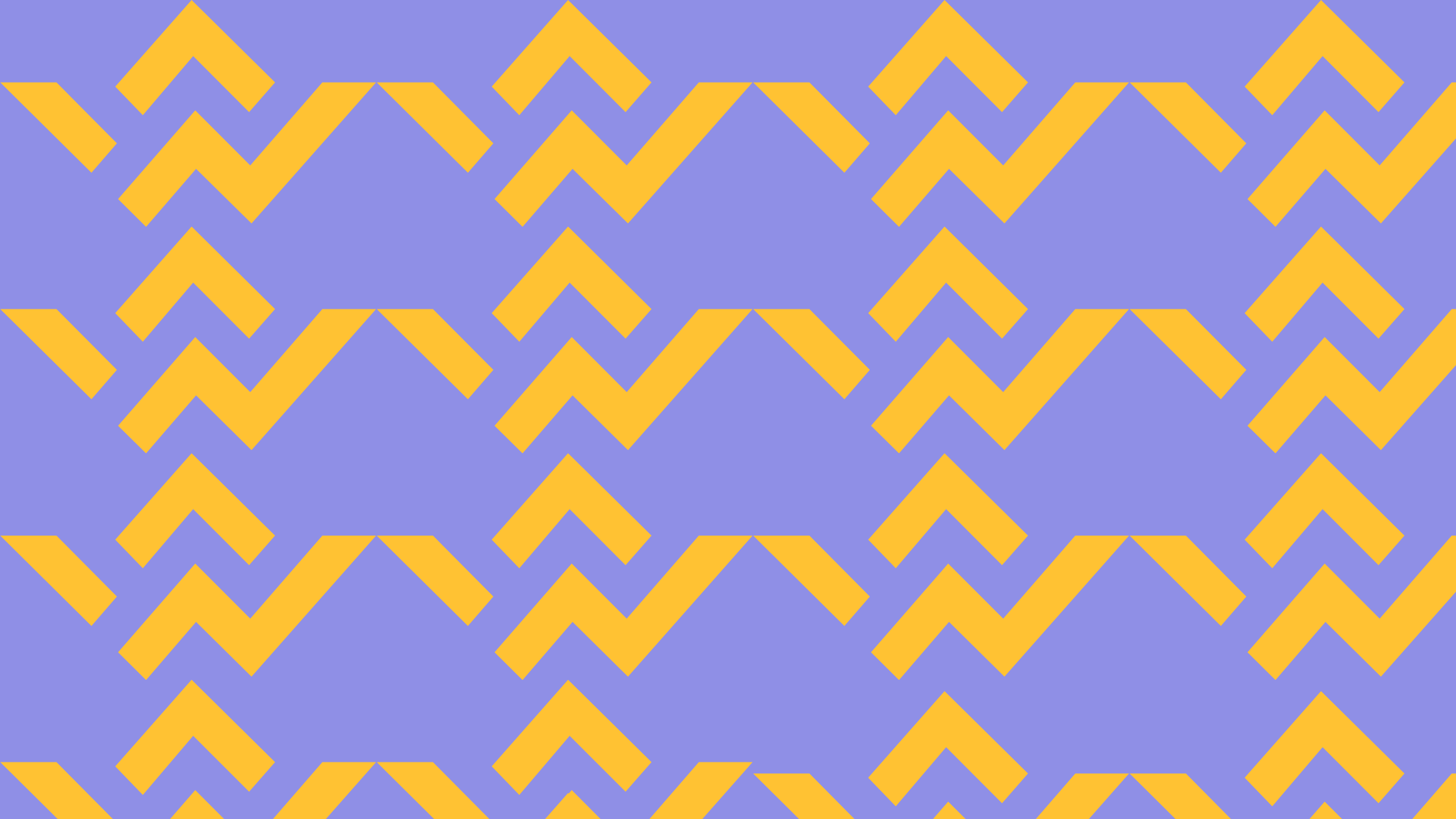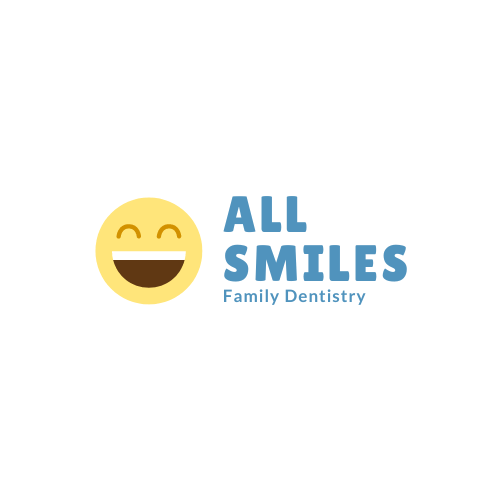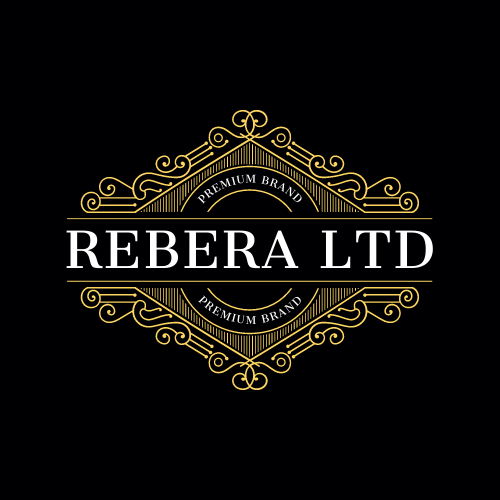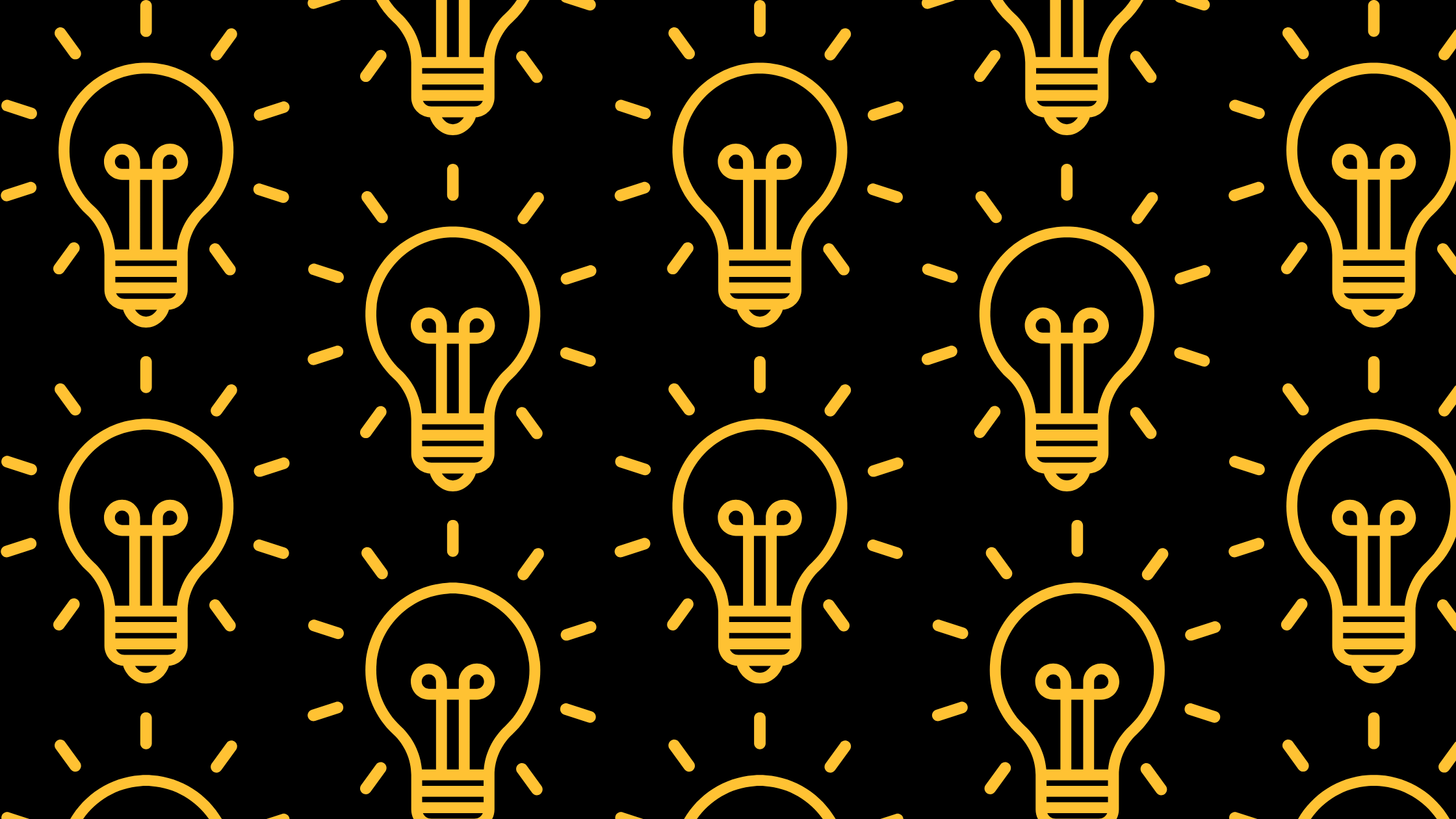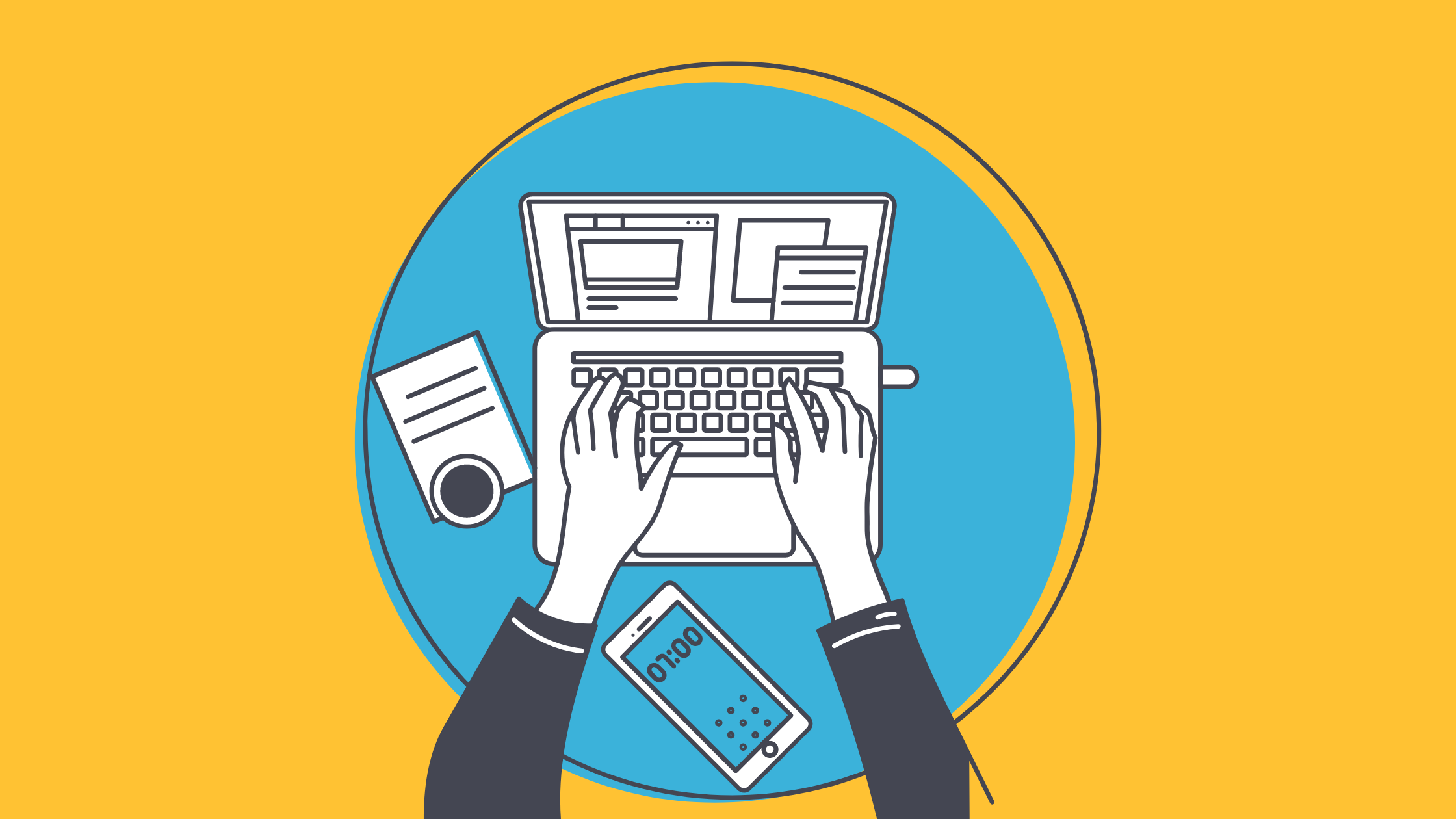What is a Logo?
In the simplest terms, a logo is a symbol that is used to identify a brand or product. It usually includes words, images, and colors. Specific types of logos come in all different shapes and sizes that run the gamut from simple text logotypes to abstract logo marks. Since your logo represents the essence of your company, it should be consistent, recognizable and evoke positive associations.
A Brief History of Logos
The concept of logos didn’t start with modern marketing. People have been using symbols to create recognition for a variety of purposes for thousands of years. Symbol-based languages, cylinder seals, coins, coats of arms, watermarks, and early printing technology all led to the development of what we now know as logos.
What Does a Logo Do?
Now that you know what a logo is, let’s dive into what it does.
Makes a great first impression
Your logo is often the first interaction with your company that people have. If it leaves a good first impression, it’s likely that they’ll think more highly of your products and services.
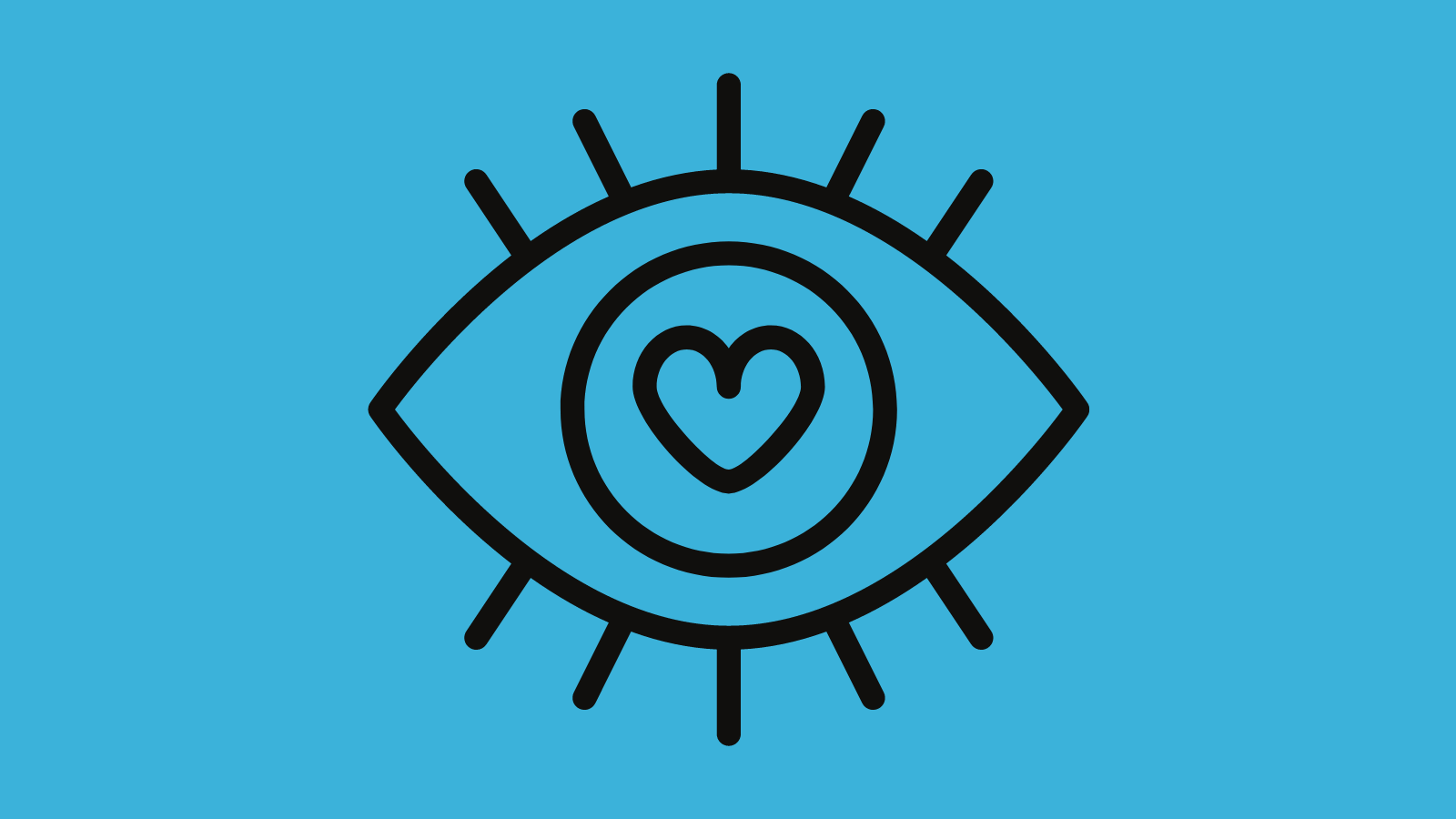
Shapes your brand identity
Your brand identity is the specific visual appearance that your brand develops. Your logo can be a great starting point for crafting a consistent brand identity that aligns with your vision and purpose of your company.
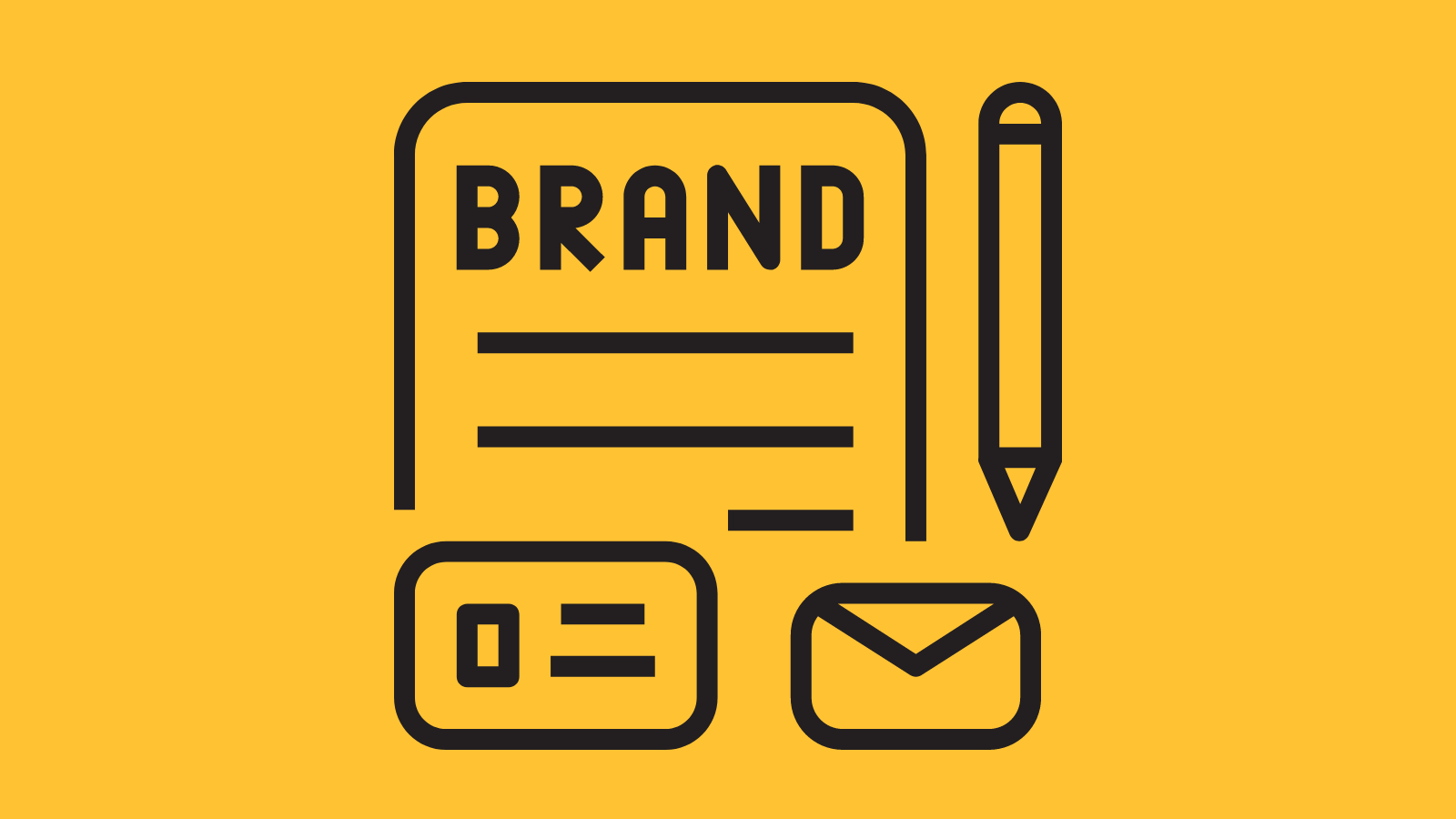
Creates a branding tool
Your logo is a piece of the puzzle that is your brand strategy. It communicates your brand message across every channel that you use to promote your brand and ties it all together.

Promotes brand awareness
A logo creates strong associations in people’s minds. Many companies like Starbucks and Twitter have developed such recognizable logos over the years that they dropped the company name from their logo designs in recent redesigns.
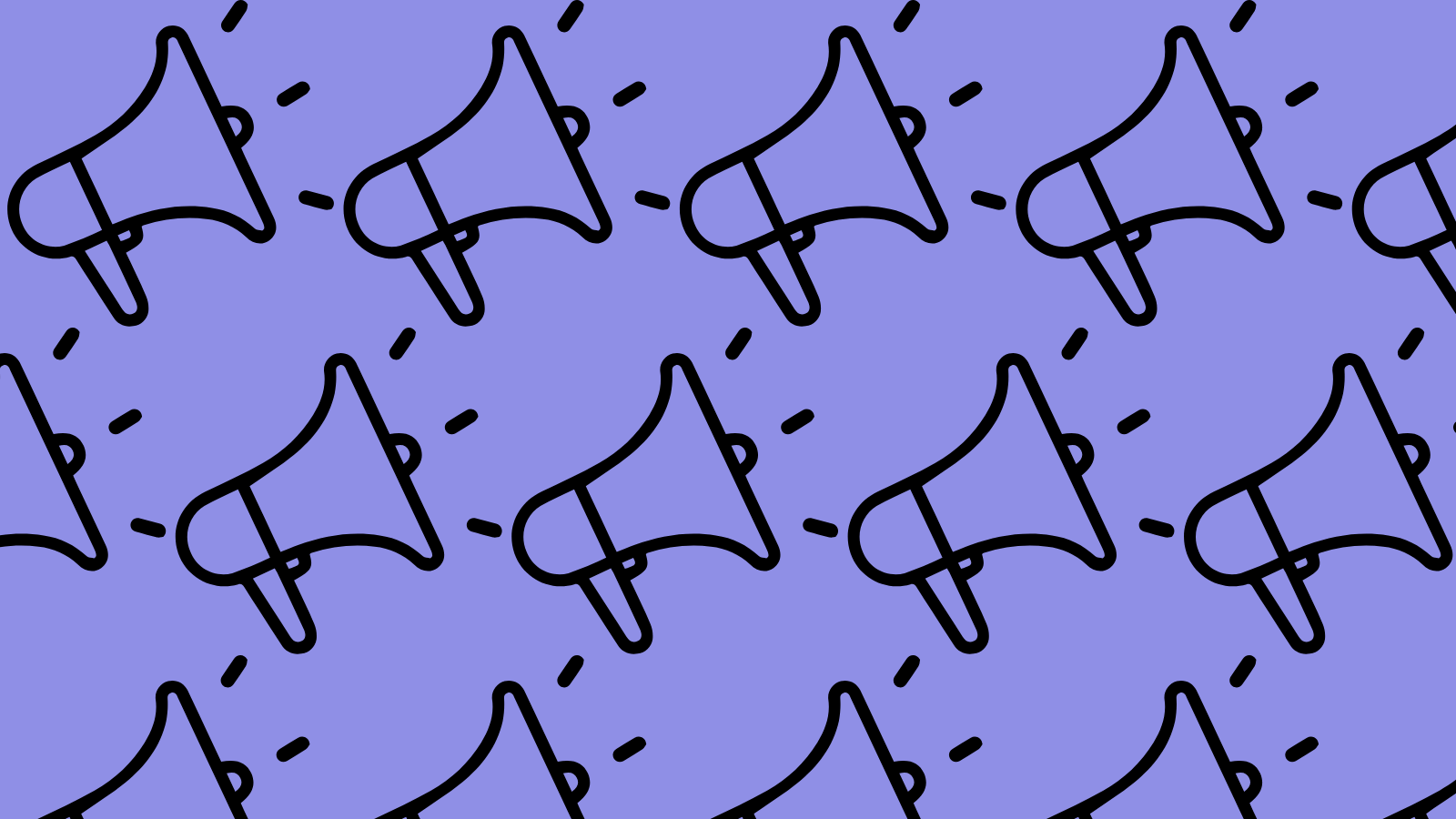
Helps you stand out
The average American is surrounded by ads. How do you stand out among all the noise? You can start by researching your competitors and their branding strategies and setting yourself apart from them.
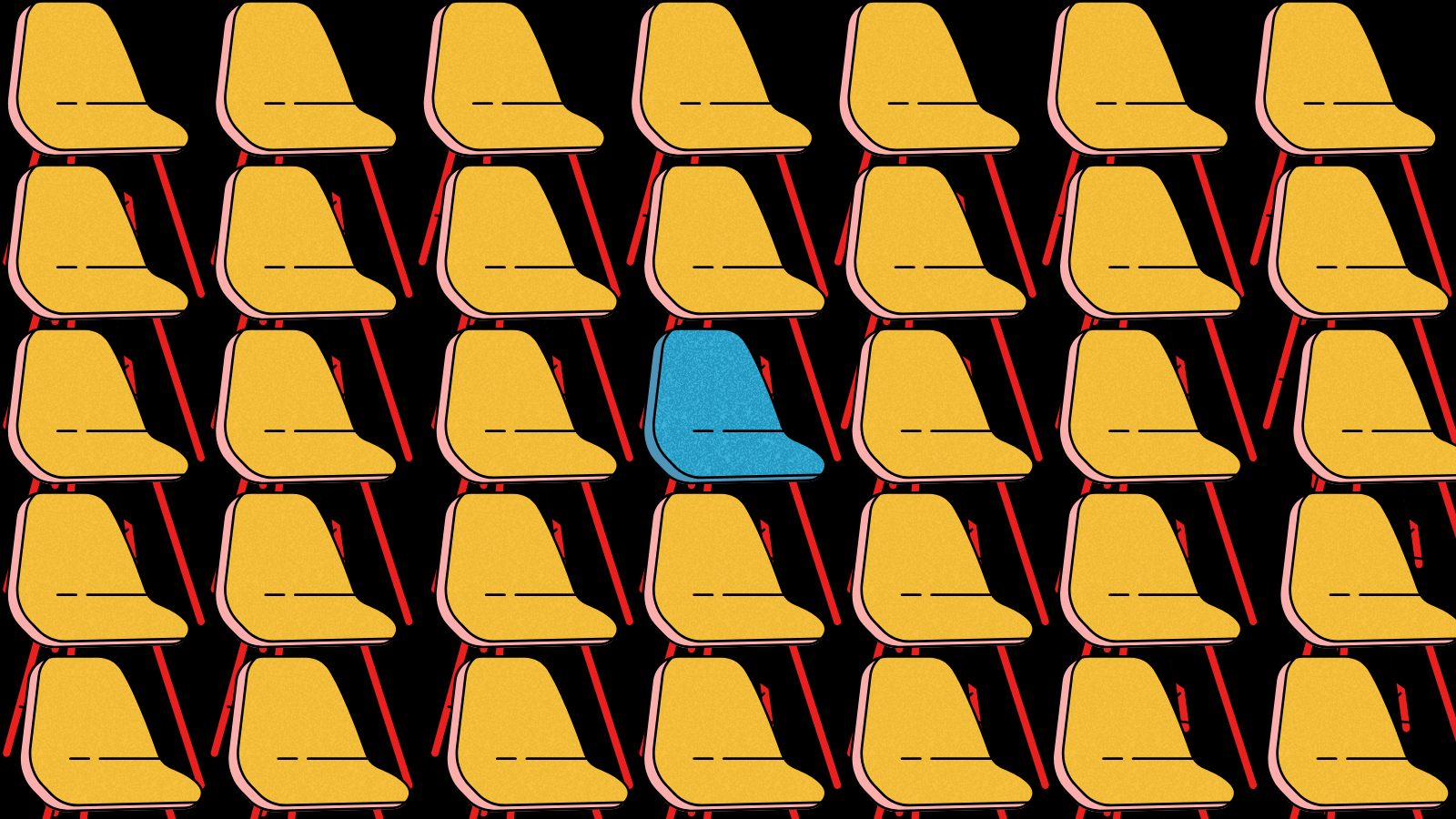
Strengthens your message
A good logo can tell consumers what your company is all about without using words. One simple symbol can show your industry, what products or services you offer, your brand values, and the overall feel of your business.
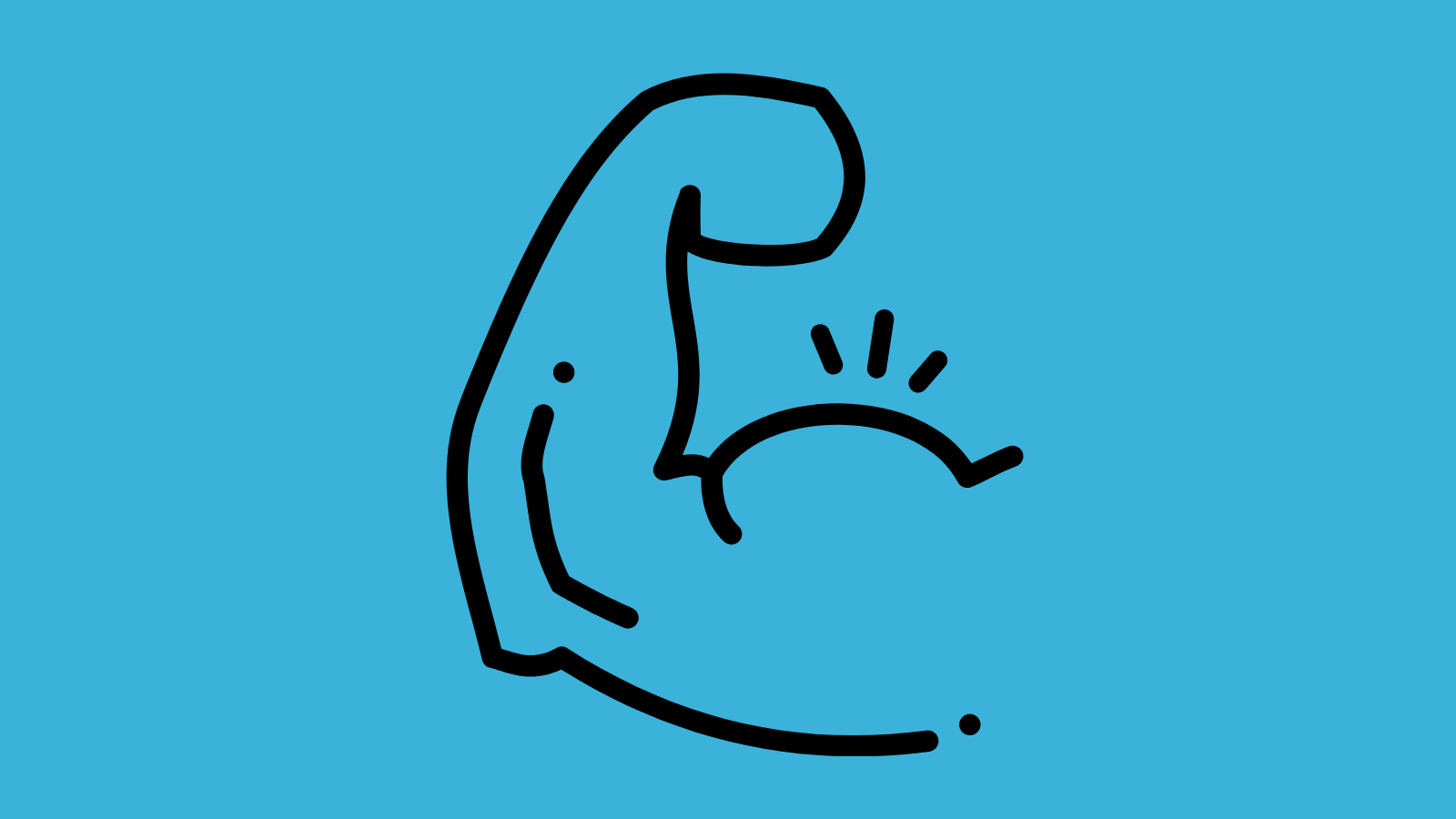
7 Types of Logos
1. Word mark
A word mark is a logo with no image or symbol, just the company name. Coca-Cola’s logo is an example of a word mark. If you want to design this type of logo, typography design is everything.
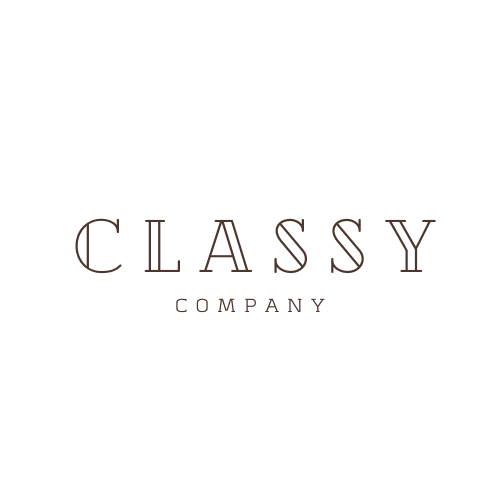
2. Brand mark
A brand mark, also known as a pictorial mark, is the graphic symbol in a logo. These are usually recognizable symbols that create an immediate connection to what the company does.
In the beginning, you’ll need to pair the brand mark with your company name, but some companies change it to the brand mark alone after they’ve built up brand loyalty and the symbol becomes recognizable on its own.
3. Combination mark
A combination mark combines both a symbol and a word mark. When most people think of a logo, they probably picture a combination mark. If you’re creating a combination mark, play around with the placement of each element to find the best look.
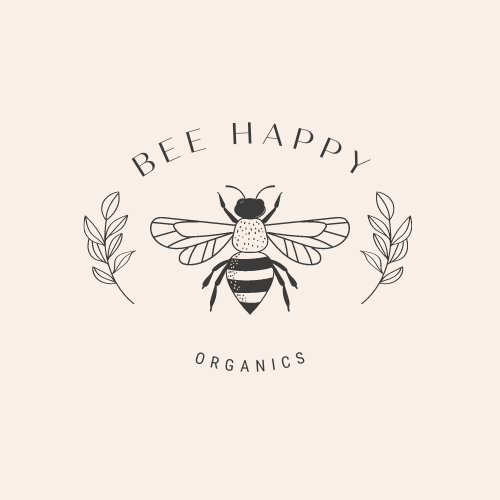
4. Abstract logo mark
An abstract logo mark is a logo symbol that doesn’t look like anything immediately recognizable. They’re usually geometric designs. The AirBnB symbol is an example of an abstract logo mark. This type of logo is a great choice if you want to create a logo that’s completely unique to your brand. Like with brand marks, you’ll probably need to pair it with your brand name until you have enough brand recognition for it to stand alone.
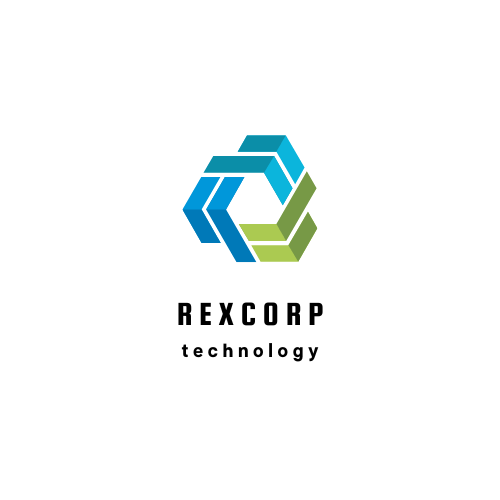
5. Letter mark
A letter mark, also known as a monogram logo, is a logo that uses an abbreviation for your brand name. This type of logo is great for companies with long or clunky names. Like with word marks, typography is the most important aspect of letter mark design.
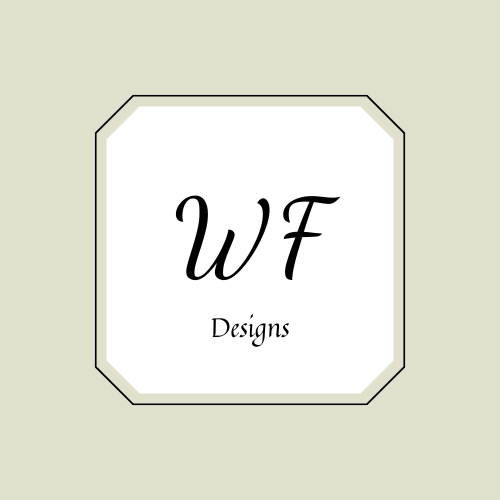
6. Mascot
A mascot is a human or animal character that represents your brand. They’re a great fit for brands with fun, lighthearted personalities. Since their expressions and contexts can change, mascots are more flexible than other types of logos. If you go this route, be sure to use a style that’s consistent with the message and tone you want to convey.
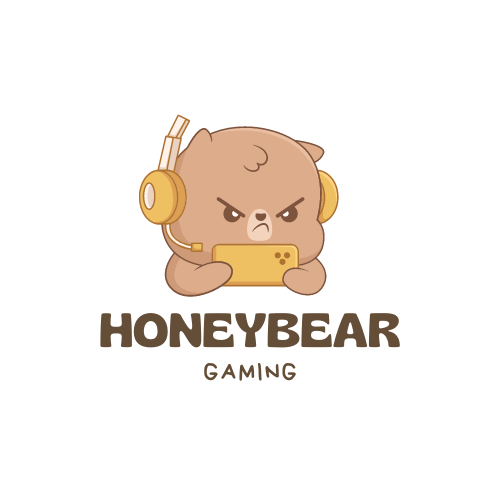
7. Emblems
Emblems, also known as crests, have text inside of a symbol. An emblem logo is a great choice for brands that want to communicate tradition and prestige.
What are the Components of a Logo?
Every logo has ingredients that make it stand out from the crowd. Combine these aspects to create a winning logo for your company.
Color
Choosing your logo colors is about more than picking colors that look pretty. Though aesthetics are important in any type of graphic design, choosing the right colors for anything related to your branding needs time and research. Understanding color psychology goes a long way in making sure your logo sends the message you want it to. A logo should also stick to no more than three colors so it doesn’t overwhelm the viewers.
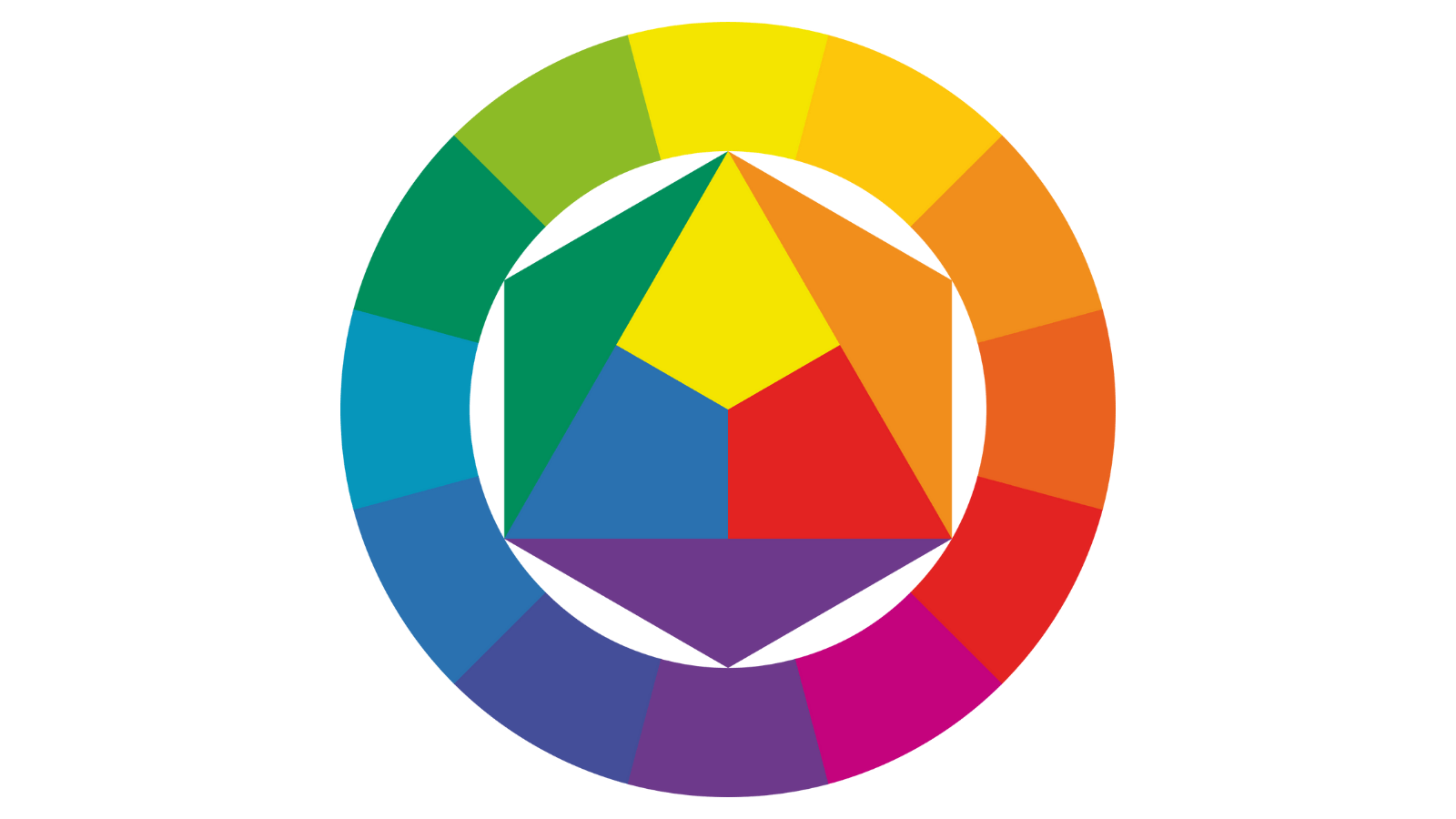
Typography
Most logos include text, especially for companies that are just getting started. The right typography in that text makes a difference in the perception of your logo and your brand as a whole. Serif fonts say that your company is classic and trustworthy. Sans serif fonts say that your company is modern. Slab serif fonts scream bold and confident. Script fonts are elegant and unique. Handwritten fonts are informal and artistic. Decorative fonts stand out from the rest.

Image
Whether it’s a recognizable symbol or an abstract design, the images you use in your logo should be connected either to the product or service you sell or to an experience related to your business. It’s also important to design images that can be resized and reformatted for a variety of mediums and still be recognizable.
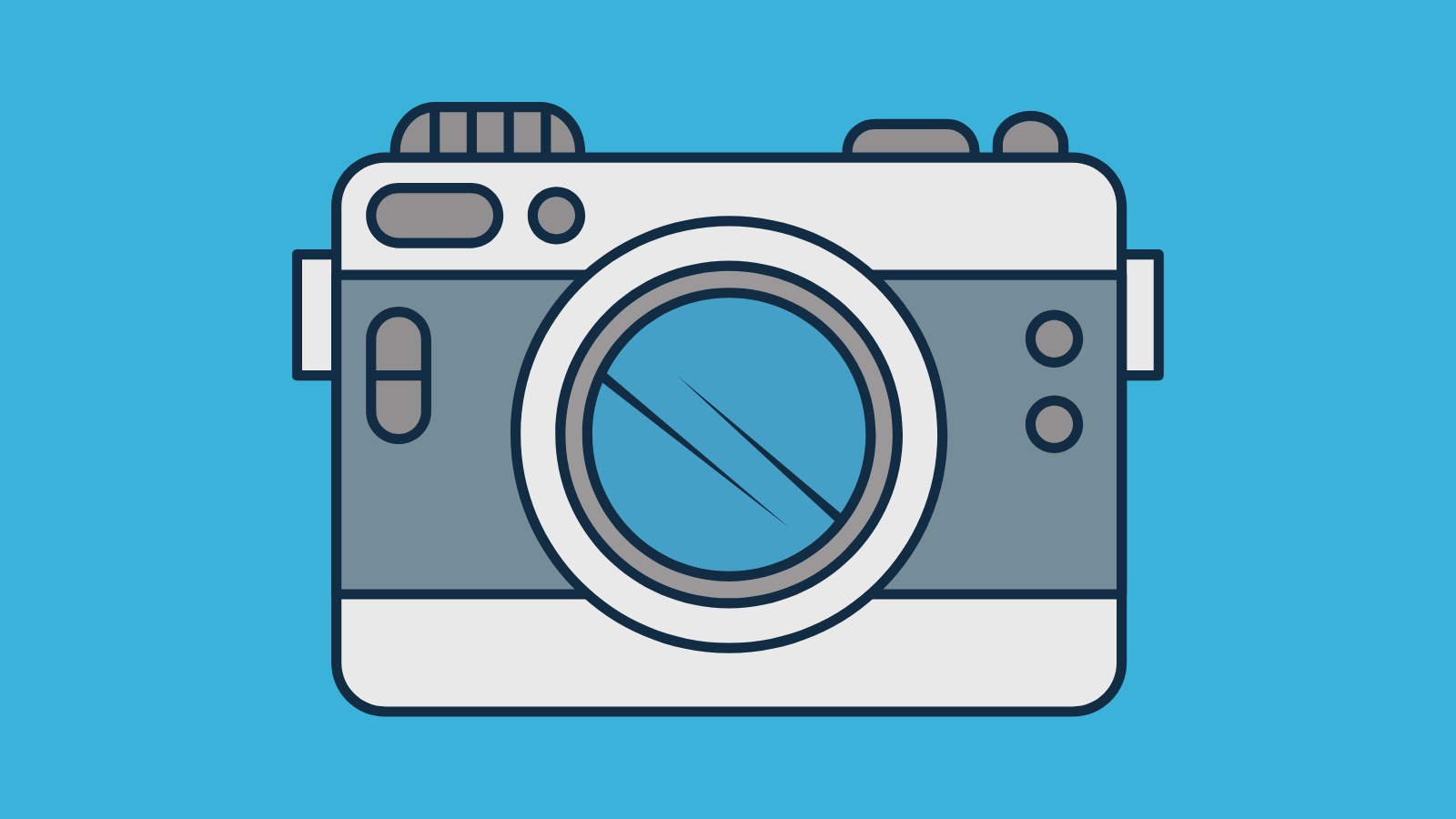
Tagline
A tagline is a simple sentence or phrase that captures the spirit of the brand. It often accompanies the logo. A tagline to go with your logo is by no means required, but using one can help build brand awareness and get your brand message across.

What Makes a Logo Stand Out?
If you want your logo to stand out against your competitors, which frankly you should, make sure that it’s:
Audience-appropriate
The best logos are the ones that resonate with their target audience. Representing your ideal audience is just as important with a logo as representing your brand.
.png?width=1600&name=Audience%20(2).png)
Easy to read
Logo readability doesn’t just apply to the text. When someone in your target audience looks at your logo, they should easily be able to tell what it is and what it means.
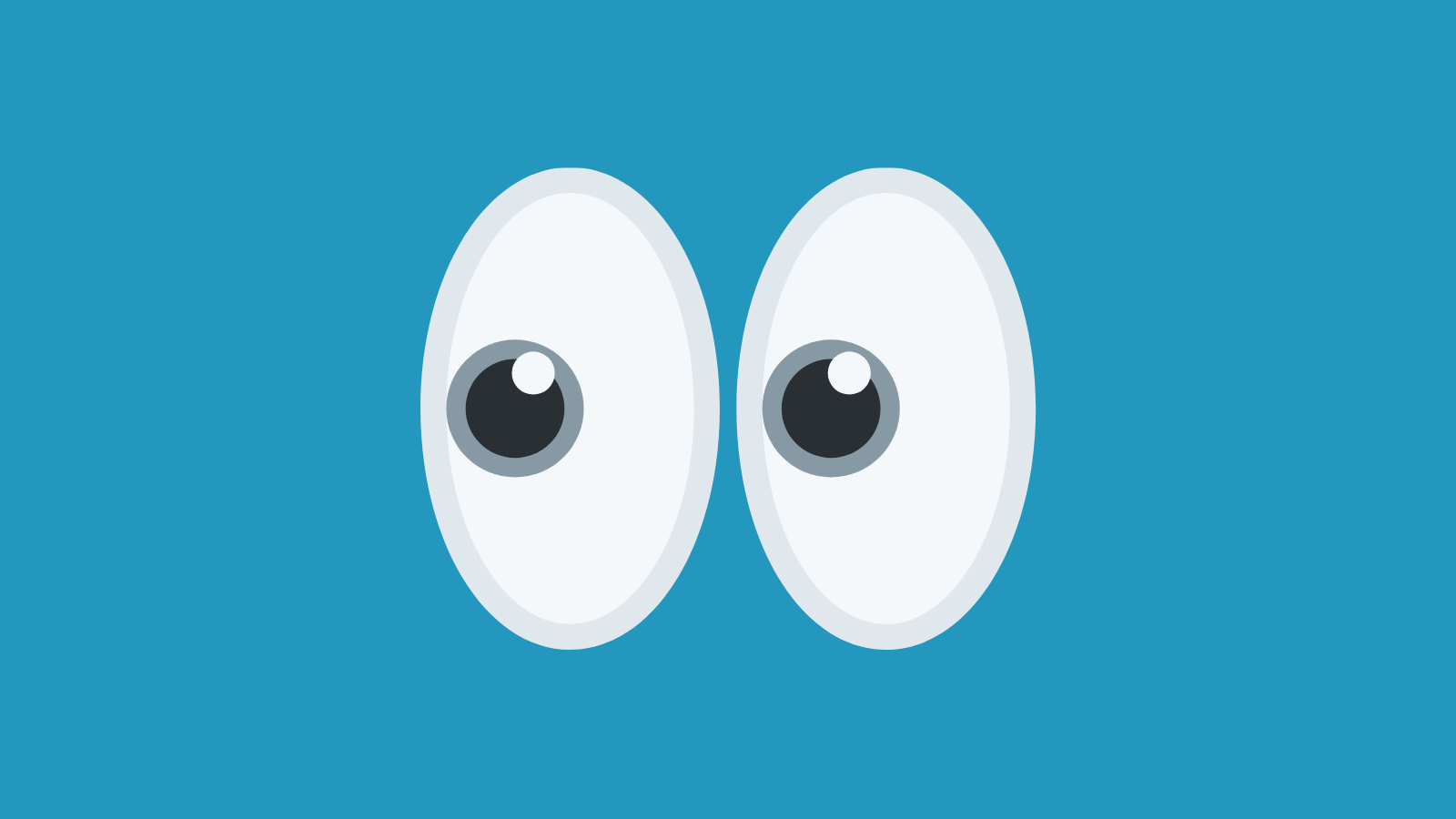
Distinct
Though it’s a good idea to take inspiration from other logos and industry trends, remember that your logo is supposed to differentiate you from your competitors. If it looks too similar to another company’s logo, it will just confuse your target audience.
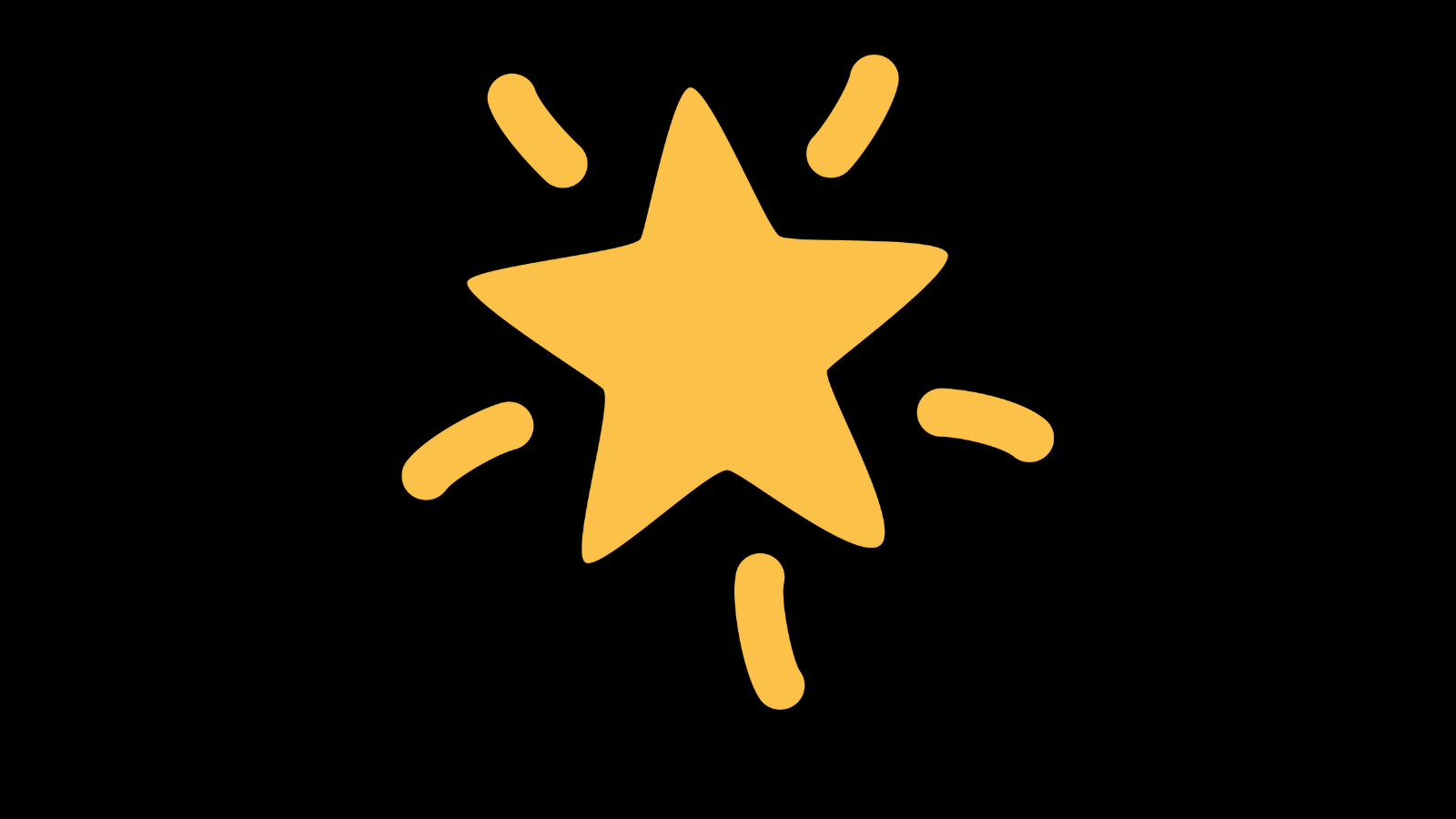
Scalable
Since your logo will be displayed on a variety of platforms in a variety of contexts, make sure it can be sized up and down and still look recognizable.
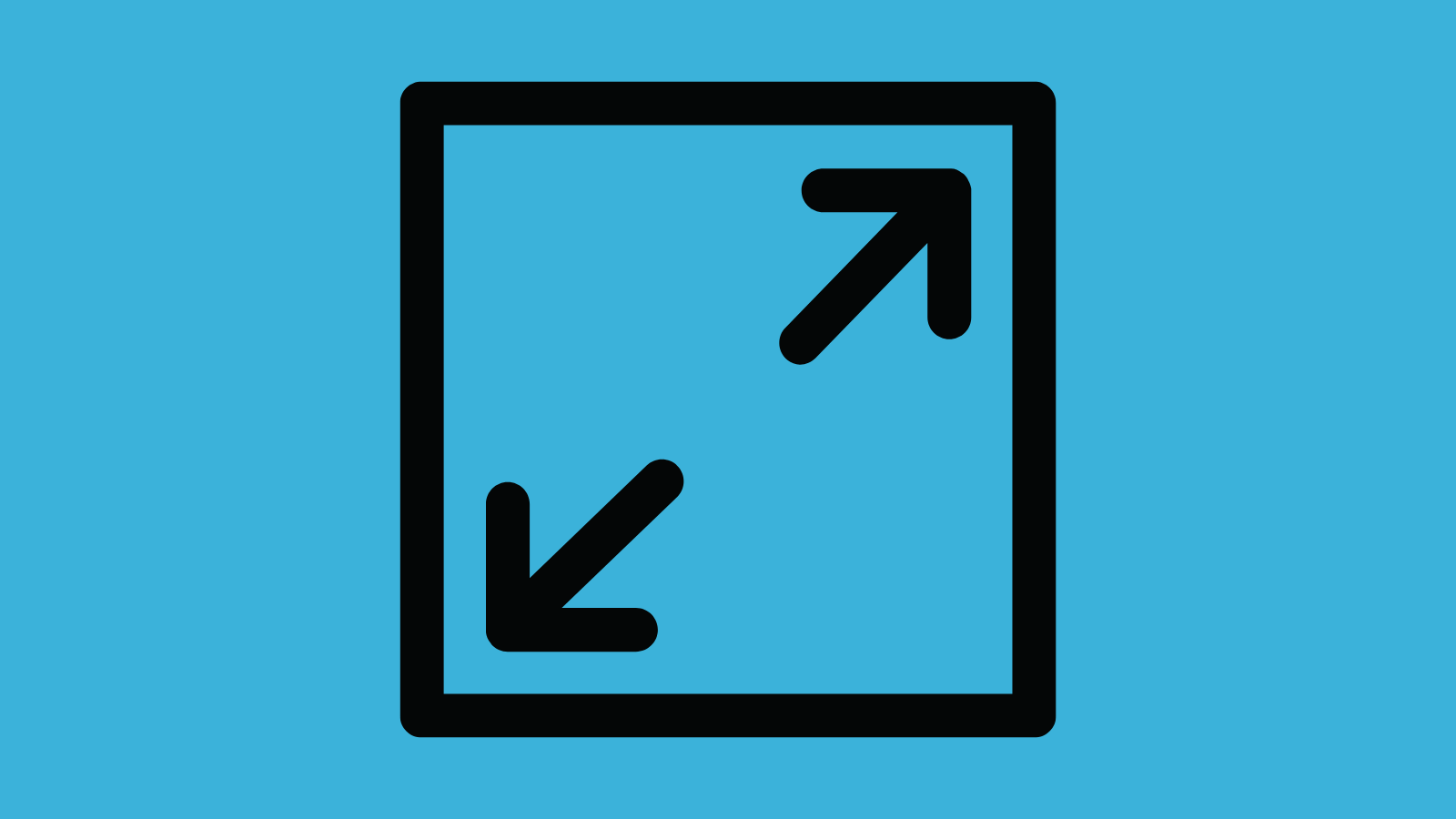
What are the Different Uses for a Logo?
Your logo will go anywhere where you promote your company. This includes:
Your Website
Displaying your logo on your website helps build brand recognition and develop a consistent web presence. Logos are usually placed in the header or footer of websites aligned to the left of the page. It’s even better if clicking on it redirects users to the home page. You can also use your logo as your website's favicon, the small icon that appears in the browser window.
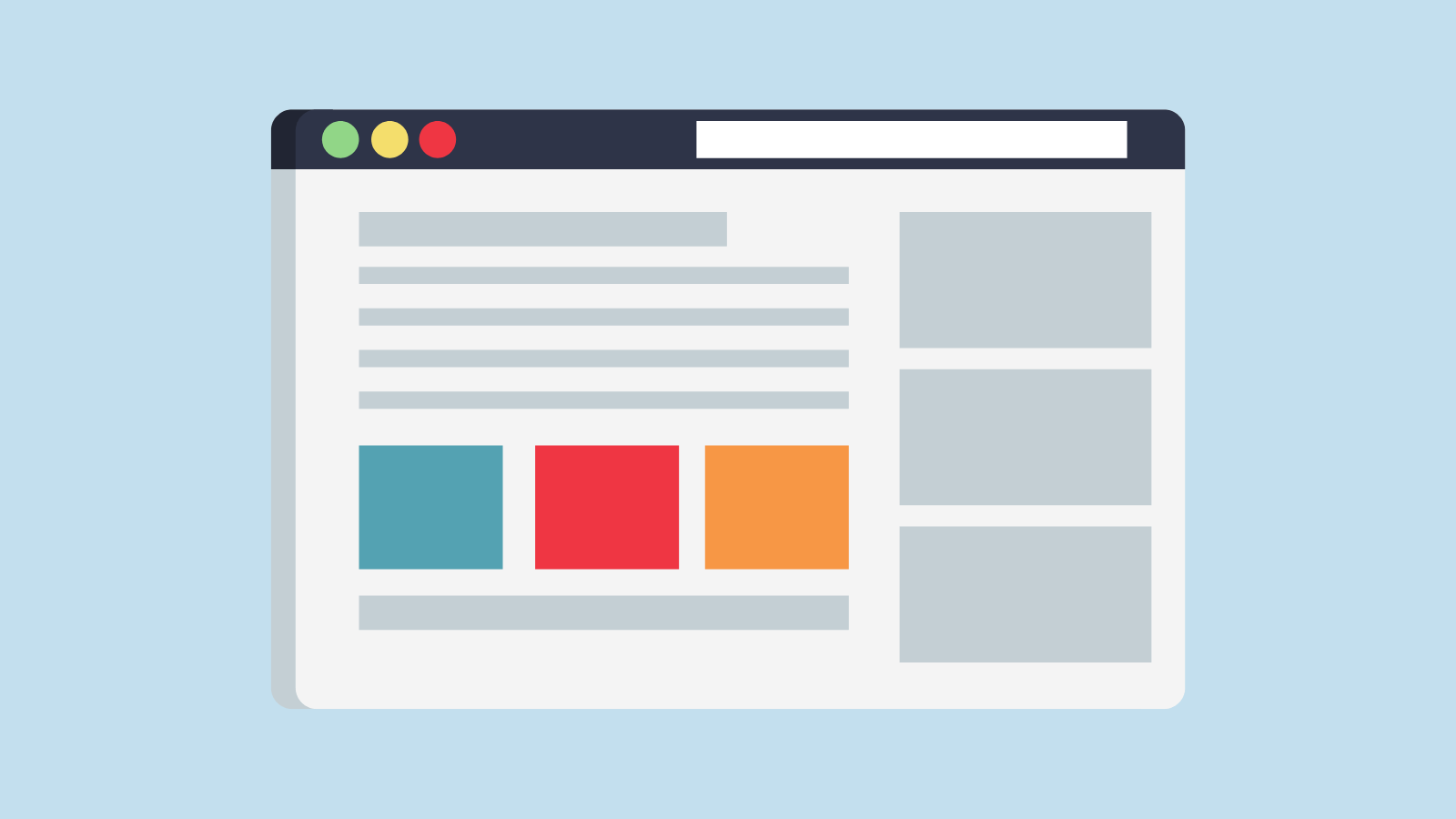
Business Cards
Displaying your logo on your business cards is a perfect way to jog potential customers’ memory, so they will contact you later.

Marketing Materials
Any type of marketing materials, digital or traditional, should incorporate your logo. This creates brand awareness and consistency with your branding.

Communications
Any kind of communication with your customers including emails, newsletters, campaigns, and instant messaging should include your logo in the signature or profile picture. That way your customers can trust that they’re speaking to a representative of your company. It also contributes to branding consistency to use it in these contexts.
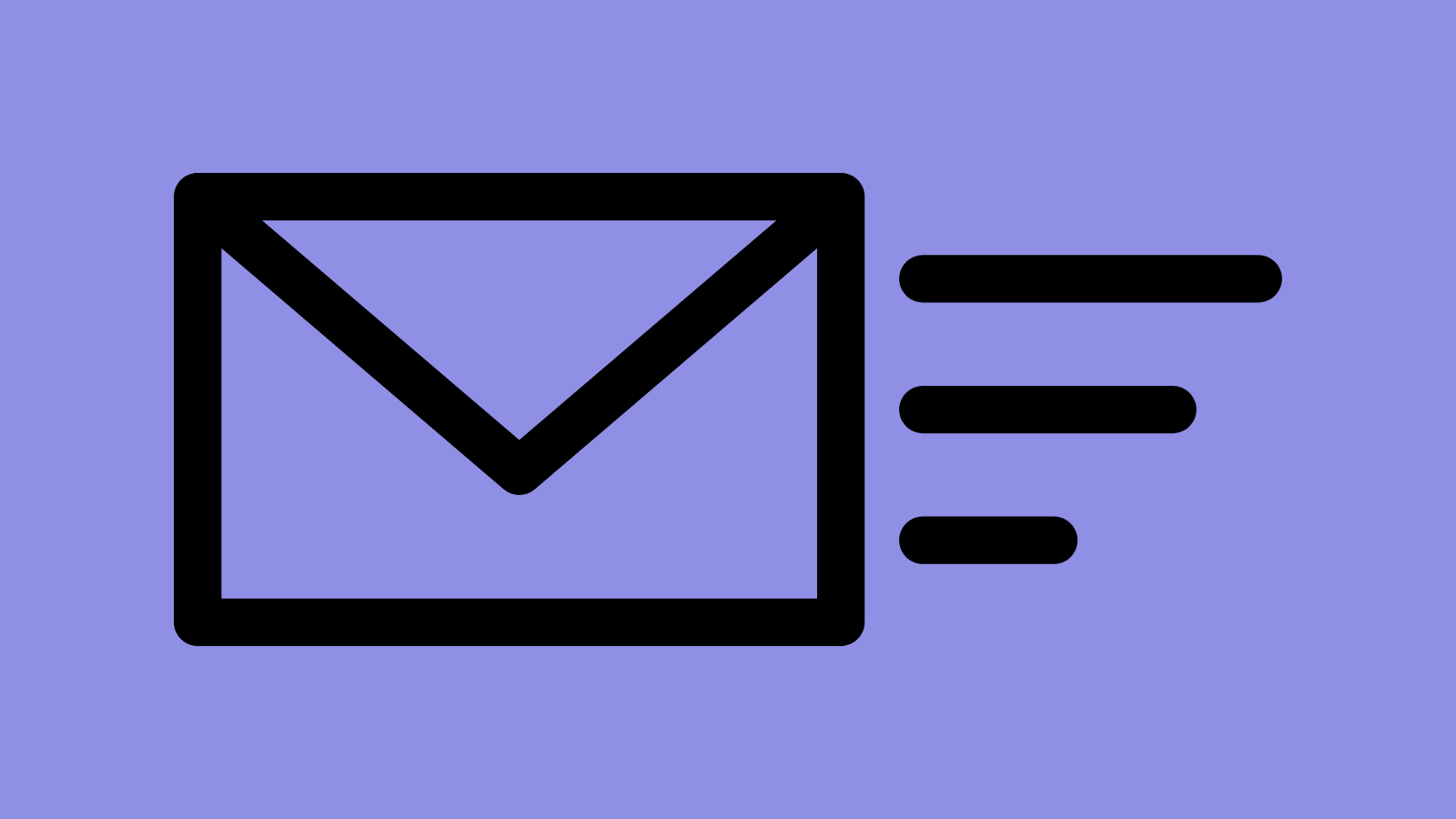
Product Packaging and Merchandise
Putting your logo on product packaging and merchandise is a great way to get your loyal customers to do a little advertising for you. When someone gets a package delivered with your logo on the box, they immediately know what it is and get excited to open it. Whether it’s a giant on a tote bag or tiny on a polo shirt, logo merchandise will get more eyeballs on your brand.

Social media
Using your logo across your social media channels is the first step to creating a cohesive social media presence. Use your logo as a profile picture on every platform and to brand any visuals you create so they’ll lead back to you no matter who shares them. This applies to social media platforms like Instagram, Facebook, Twitter, and LinkedIn as well as forums like Reddit and Quora.
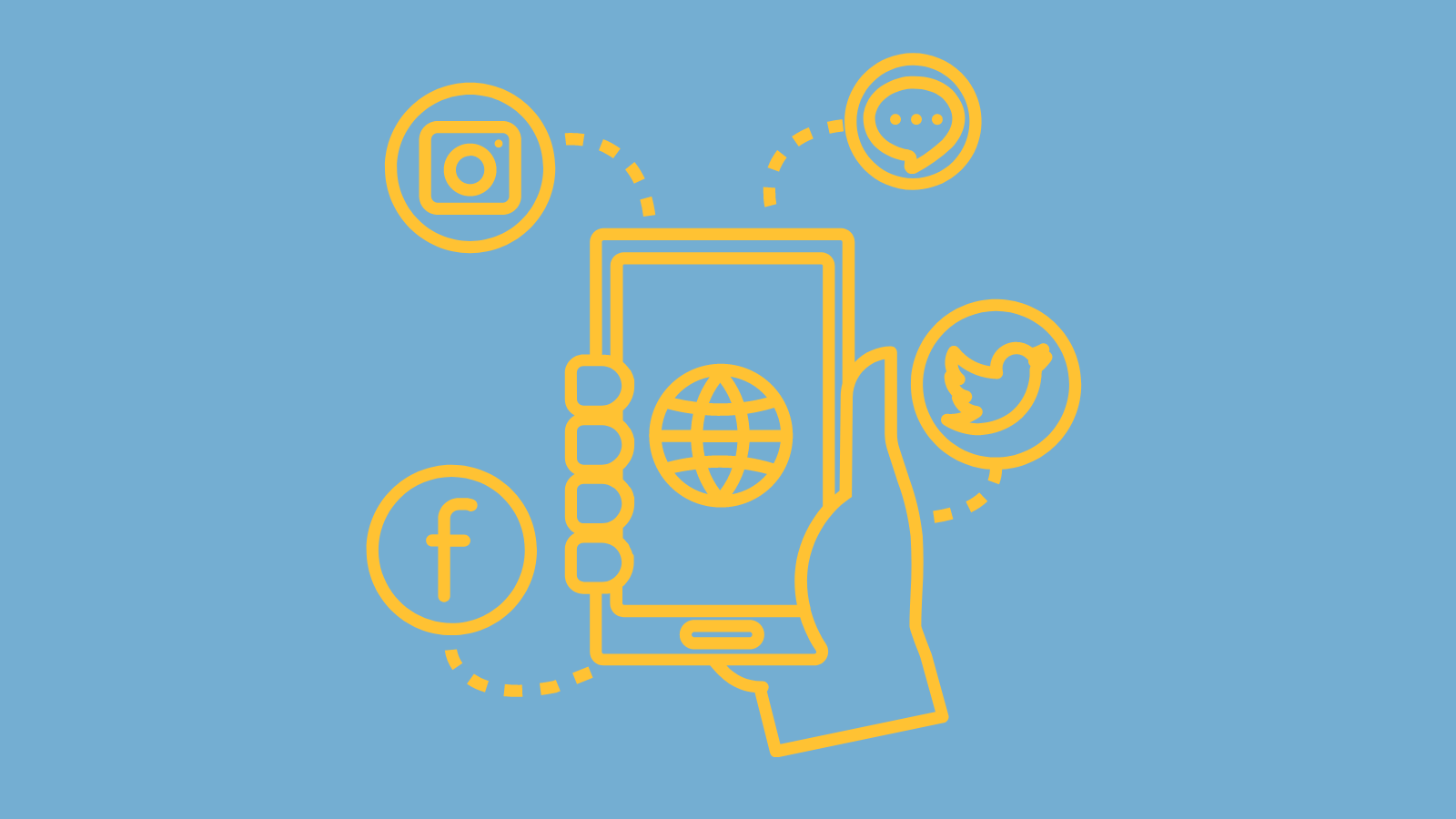
Internal assets
Your employees don’t need a reminder of where they work, but using your logo internally can go a long way in promoting your company culture. Presentations, emails, staff trainings, uniforms, and other internal communications are all great places to use your logo. Some companies even give their employees free T-shirts, water bottles, and other similar merchandise so they’ll promote the company whenever they wear them in public.
Great Logos from Popular Brands
Before you design your own logo, take inspiration from some of the best logos of all time.
McDonald's
McDonald’s was founded in 1940, but the M we know and love didn’t come about until almost 30 years later in 1968. The simplicity and contrast between the yellow M and the red background make the logo easy to spot from a distance even if you’re driving past it on a highway.
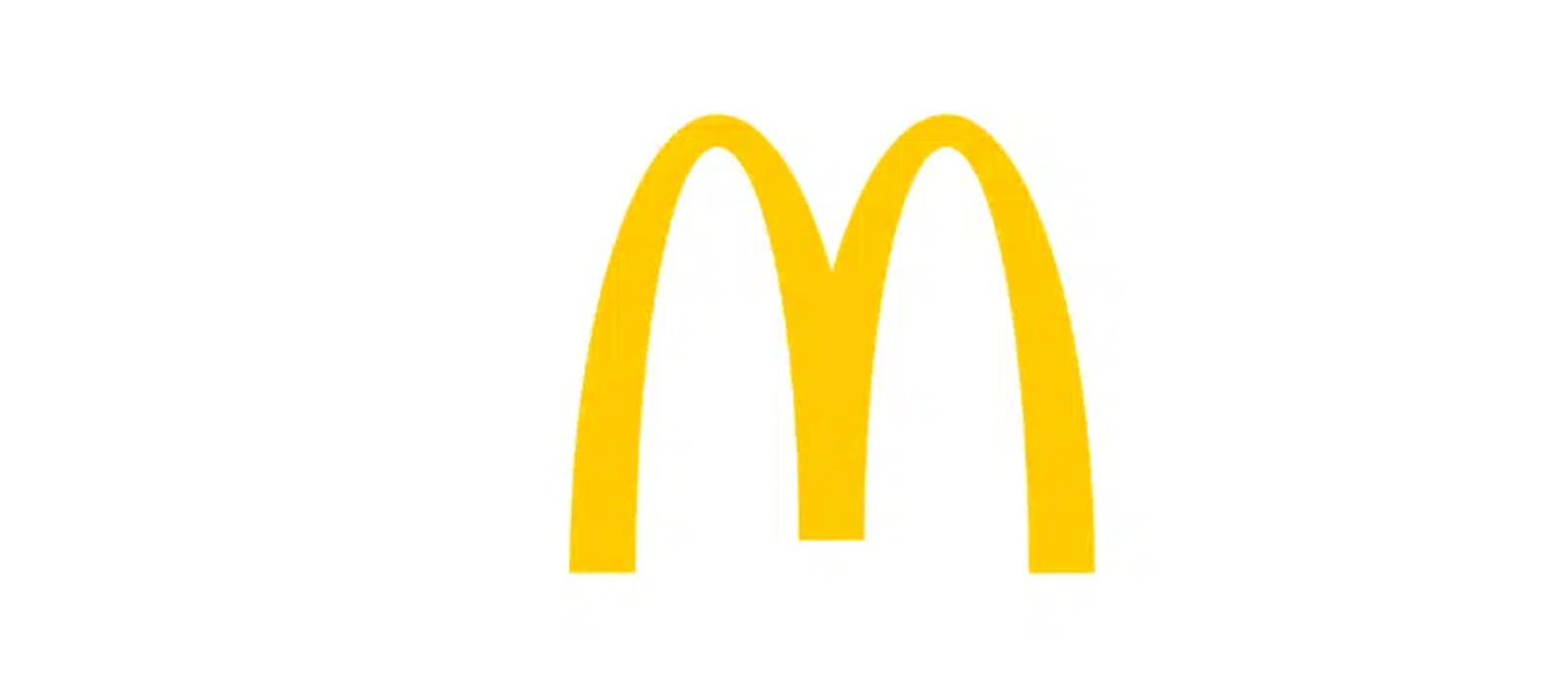
Amazon
Amazon is the undisputed king of ecommerce. Its clever, recognizable logo may not be entirely responsible for that, but it plays an important role in the brand recognition. The arrow from the A to the Z in the word AMAZON symbolizes that they sell “everything from A to Z.” The arrow also deliberately looks like a smile to represent customer satisfaction.

Apple
The Apple logo, designed by Rob Janoff in 1977, is one of the most recognizable logos in the tech world. The design is minimalistic and it doesn’t take itself too seriously. The stripes in the original were to show off the computer’s color display capabilities and the bite was so people would easily read it as an apple regardless of the size the logo appears in.
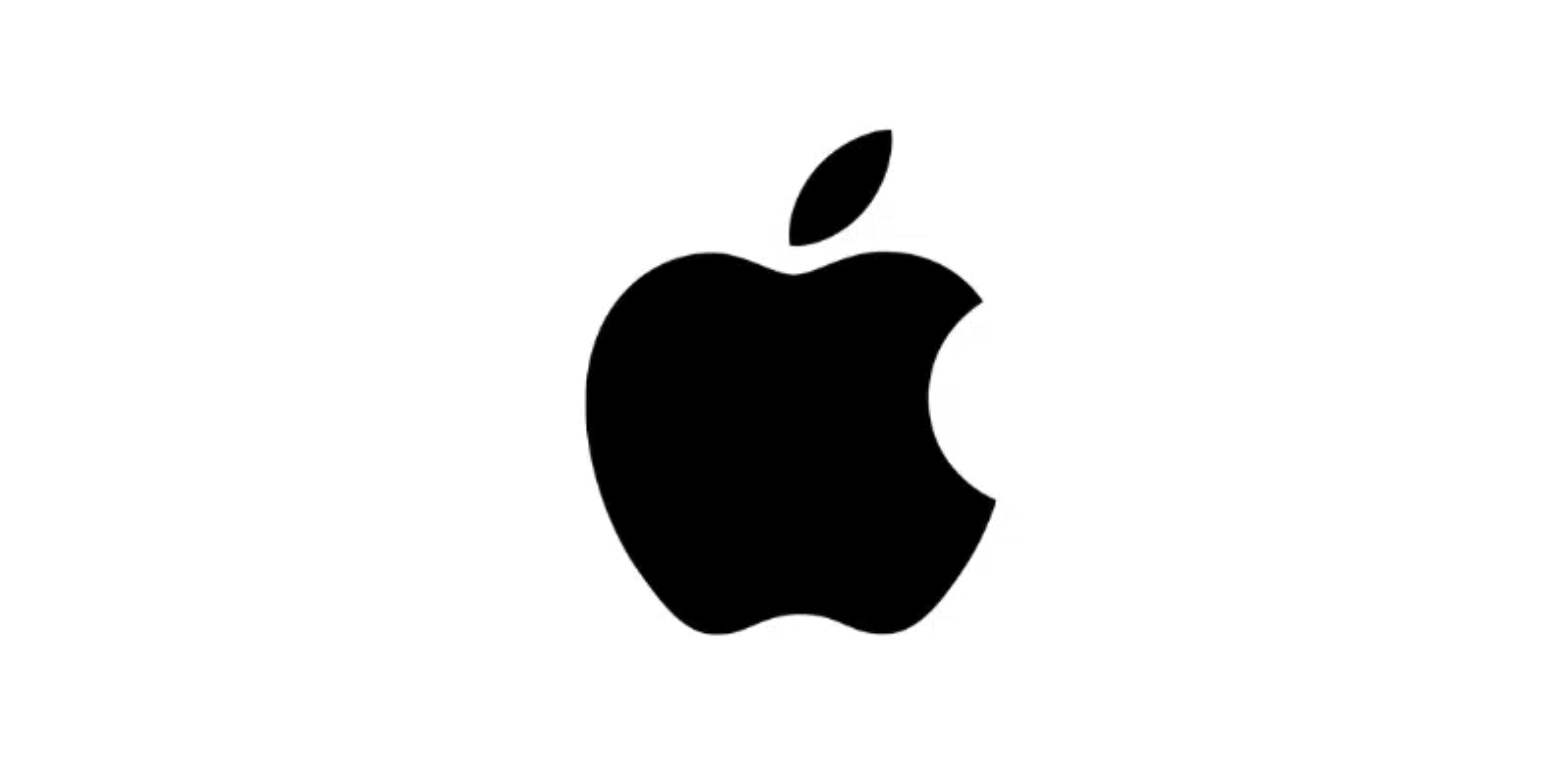
Nike
The iconic Nike swoosh was designed by Carolyn Davidson, a college student in Portland at the time. The symbol is meant to convey movement and speed. The abstract shape makes it distinct from any other logo, in the athletic gear niche or otherwise.
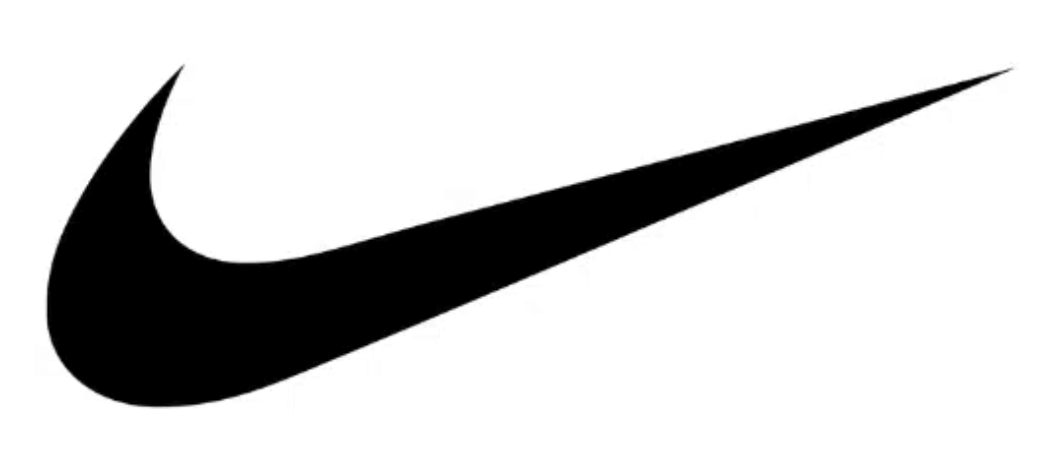 Coca-Cola
Coca-Cola
The red and white contrast and elegant script font have made the Coca-Cola word mark iconic since 1886. Though there have been minor tweaks over the years, the classic design has kept its general look.

Try a Logo Maker
If you don’t have graphic design experience or the budget to hire someone who does, a logo maker can help you make a professional-looking logo without a lot of effort. Here are a few popular logo maker options:
How Sav Can Help
A great logo needs a great website to go with it. At Sav we make every part of setting up and managing your own website easy and affordable for entrepreneurs of all budgets. Start your free trial today to learn more!
Newsletter
Popular
Top Articles
Recommended articles
How to Come up With Ecommerce Product Ideas
Whether you’re starting a new ecommerce business or expanding a pre-existing one, what products to sell online is an important decision....
Read moreHow to Create a Modeling Portfolio
What is a Modeling Portfolio? A modeling portfolio is a demonstration of your skills and talent you can show to potential employers and...
Read moreThe Best Side Hustles From Home to Try
Why Start a Side Hustle from Home? Earn Extra Money Being alive is expensive right now. Whether your financial goals are to pay off your...
Read more
